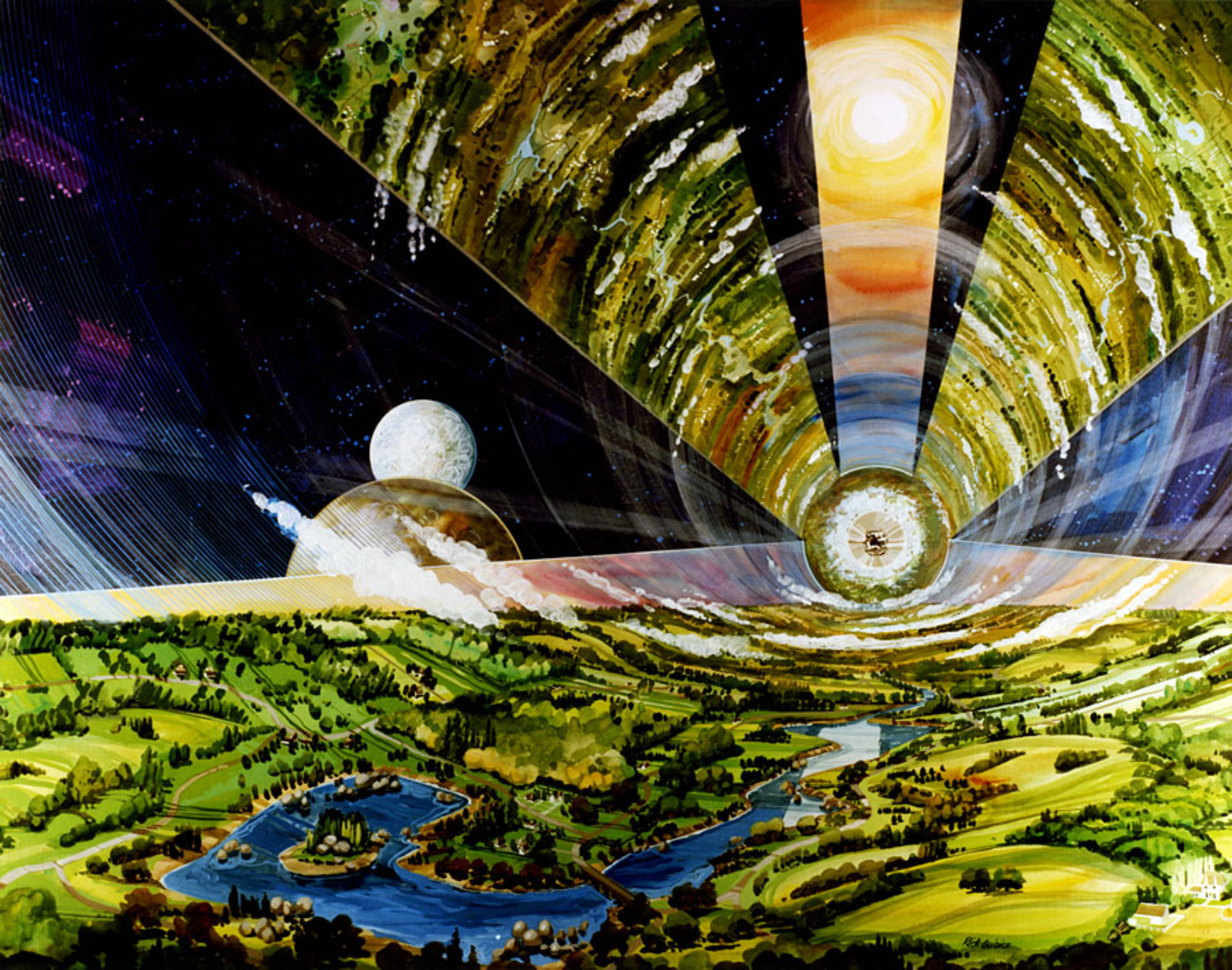
Settlements on the Moon will eventually need to “live off the land” via in situ resource utilization (ISRU). This approach is essential to make settlements economically feasible and self sustaining, obviating the need to expensively import materials up out of Earth’s gravity well. Before we can utilize resources in situ on the Moon we need to understand how to process them there. Researchers at the University of Waterloo in Toronto, Canada are developing technologies for in situ resource processing (ISRP) of lunar soil to produce useful materials, but they will need power. Lots of it.
In a paper presented last October at the 74th International Astronautical Congress in Baku, Azerbaijan, Waterloo Department of Mechanical and Mechatronics Engineering Master of Science Candidate Connor MacRobbie and Team describe how a space-based solar power (SBSP) satellite in lunar orbit could provide the juice for several energy hungry processes that could generate consumables and building materials from lunar regolith.
The study includes a survey of the scientific literature on lunar regolith processing techniques under development, some with experimental results, that would benefit future lunar settlements. Using electrolysis, chemical reduction, pyrolysis and other reactions these methods can be used to extract metals, oxygen, water and other useful commodities from lunar regolith. The techniques have well established pedigrees on Earth, but will need further development for efficient operations on the Moon and will require very elevated temperatures. Thus, the need for an abundant power source like SBSP.
One such promising process is Molten Regolith Electrolysis (MRE). In this method, lunar soil is heated to the melting point in an electrolytic cell. When voltage is applied across the cathode and anode in the cell, the molten regolith decomposes into metal at the cathode and oxygen at the anode, both of which can be collected and stored for use by settlers. No inputs or materials are needed from Earth, only a local power source to melt the untreated regolith.
One of MacRobbie’s supervisors is Dr. John Wen, director of the Laboratory for Emerging Energy Research (LEER) at Waterloo. With the help of Wen and LEER, the Team developed a novel material processing method for MRE. In molten regolith solutions, the constituents and their oxides can be separated by an applied voltage enabling extraction from the solution. Because each individual oxide decomposes at different values, stepping the voltage will facilitate sequential removal and collection of the lunar soil constituents, e.g. iron, titanium, aluminum, silicon, and others; which can be utilized for building and manufacturing. The new method could reduce the cost of processing and provide purer end products. The Team will continue working with LEER on the design of the equipment toward proof of concept with small batches aiming for accurate and repeatable successive extractions of materials using MRE. The only remaining step would be to qualify flight-ready hardware for experiments on the Moon.
In another project LEER is investigating lunar regolith as an input to a power source in space for heating or manufacturing. The embedded metal oxides in lunar soil, when combined with a metal like aluminum, produce thermal energy via a thermite reaction. The aluminum could be sourced from defunct satellites in Earth orbit which has the added benefit of helping to address the orbital debris problem.
Other groups like Swiss-based Astrostom GMBH with their Greater Earth Lunar Power Station are already working on SBSP solutions to provide ample power for lunar surface settlements which could provide sufficient electricity for Waterloo’s ISRP technology. The Astrostom approach would place the power satellite at the L1 Earth-Moon Lagrange point, a location between the Earth and Moon at a distance of 60,000 km above lunar surface. Although not a gravitationally stable location, the station would could maintain a fixed point above a lunar ground station on the Moon’s nearside with minimal station keeping propulsion systems.









